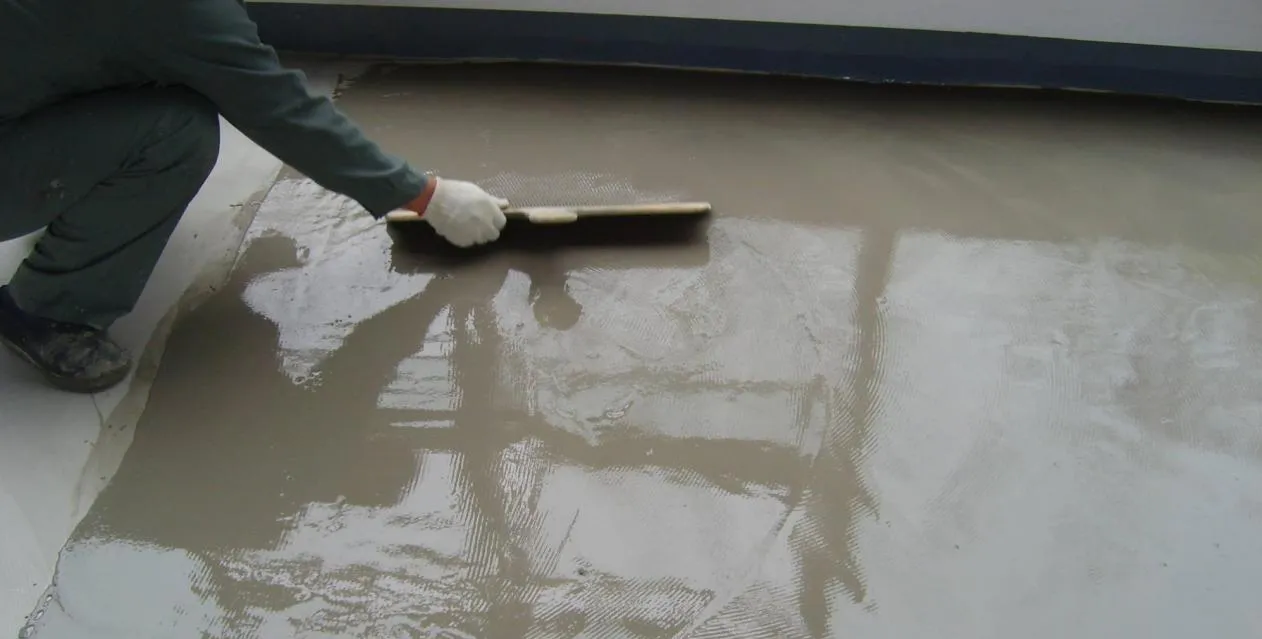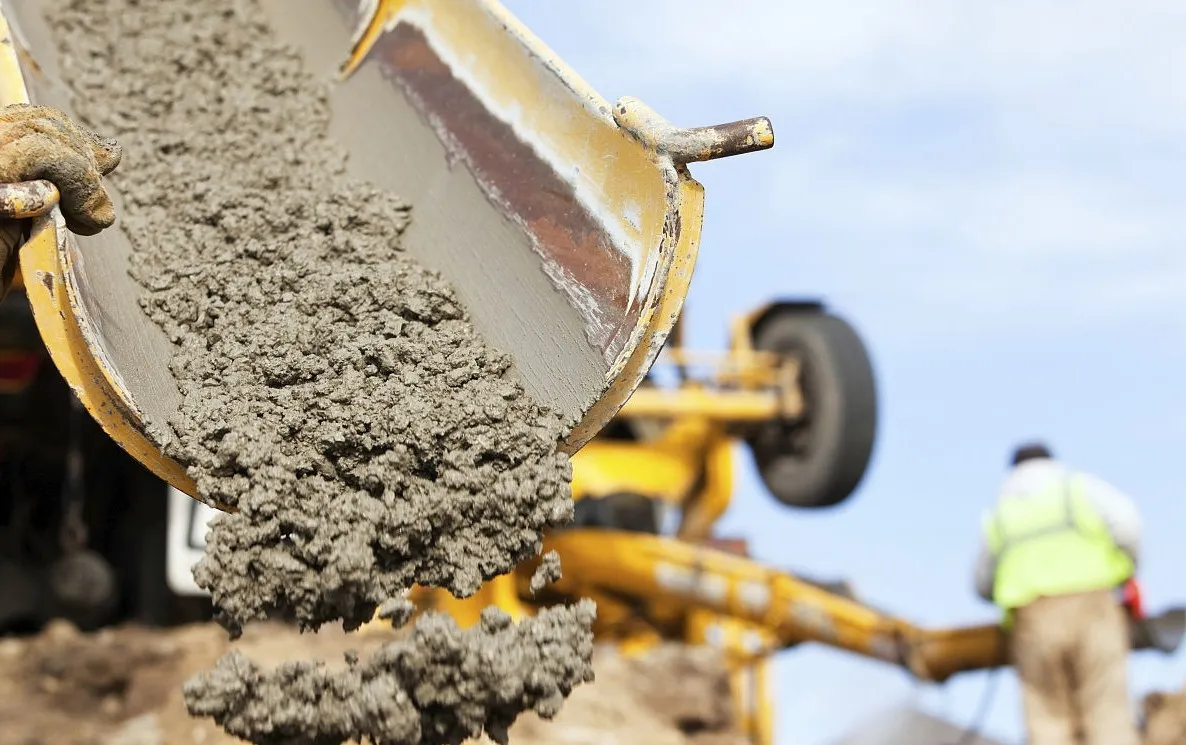
Hydroxymethyl Cellulose and Methylcellulose Tablets: Transforming Modern Construction Practices
In the dynamic landscape of construction, hydroxymethyl cellulose and methylcellulose tablets have emerged as pivotal elements, revolutionizing the performance of building materials. These cellulose derivatives address crucial challenges related to material workability and durability, propelling innovation within the construction industry.

Hydroxymethyl Cellulose Transforming Construction Materials
Hydroxymethyl cellulose, a water - soluble polymer derived from natural cellulose through chemical modification, is a game - changer in construction. Its unique molecular structure imparts remarkable thickening and water - retaining properties. When added to cement - based materials such as mortars and plasters, hydroxymethyl cellulose ensures optimal water retention. This is vital for proper cement hydration, especially in hot or arid climates where rapid water evaporation can undermine material strength. By maintaining moisture levels, it improves the workability of mortars, facilitating easier application and reducing the risk of cracks during curing. In tile adhesives, it acts as an effective binder, enhancing the adhesion between tiles and the substrate, thereby ensuring long - term structural stability.

Methylcellulose Tablets Convenience and Efficiency
Methylcellulose tablets offer a convenient and precise solution for construction applications. These tablets are formulated to dissolve readily in water, releasing the active ingredient uniformly. In mortar production, methylcellulose tablets extend the open time, allowing masons greater flexibility in adjusting the position of bricks or blocks without sacrificing adhesion. The controlled release mechanism guarantees consistent water retention, maintaining the mortar's plasticity throughout the working period. In concrete, these tablets enhance the mix's cohesion, reducing segregation and improving pumpability. This is particularly beneficial for high - rise construction projects, where the efficient transportation of concrete over long distances is essential.
Synergistic Impact of Hydroxymethyl Cellulose on Construction
The combined use of hydroxymethyl cellulose and methylcellulose tablets can yield significant synergistic effects. In mortar formulations, blending these two derivatives can enhance both water retention and workability, creating a more versatile material suitable for diverse environmental conditions. In high - performance concrete applications, their combination improves the material's resistance to environmental stresses, such as chloride ingress and freeze - thaw cycles, thereby extending the lifespan of structures. This synergy allows construction professionals to develop innovative solutions that meet the evolving demands of modern construction projects.
Methylcellulose Tablets in Waterproofing Applications
Methylcellulose tablets play a crucial role in waterproofing construction projects. When integrated into waterproofing membranes, these tablets help bind materials together, forming a dense and impermeable layer. The water - retaining property of methylcellulose tablets ensures that the waterproofing mixture remains workable during application, enabling seamless coverage of surfaces. This not only prevents water penetration but also enhances the durability of the waterproofing layer, protecting buildings from moisture - related damage. In underground structures or areas prone to water exposure, the use of methylcellulose tablets can significantly improve the effectiveness of waterproofing systems, safeguarding the integrity of the entire construction.
Hydroxymethyl Cellulose FAQs
How does hydroxymethyl cellulose enhance mortar durability?
Hydroxymethyl cellulose enhances mortar durability by retaining water, which promotes complete cement hydration. This process is fundamental for developing the required strength. By preventing premature drying, it reduces the occurrence of cracks, making the mortar more resistant to environmental factors and mechanical stress over time.
What makes methylcellulose tablets suitable for large - scale construction?
Methylcellulose tablets are ideal for large - scale construction due to their ability to improve concrete pumpability and mortar workability. Their controlled dissolution ensures consistent material properties, enabling efficient handling and application in extensive projects. This consistency is crucial for maintaining quality across large volumes of construction materials.
Can hydroxymethyl cellulose be used in high - temperature construction environments?
Yes, hydroxymethyl cellulose is well - suited for high - temperature environments. Its water - retaining properties prevent the rapid evaporation of moisture in cement - based materials, allowing for proper hydration even in hot conditions. This helps maintain the structural integrity of the materials and ensures that construction work can proceed smoothly without compromising quality.
How do methylcellulose tablets contribute to sustainable construction?
Methylcellulose tablets, derived from renewable cellulose sources, support sustainable construction practices. By improving the performance of construction materials, they reduce the need for frequent repairs and replacements, thereby minimizing material waste. Additionally, their use can enhance the energy efficiency of buildings, contributing to a more sustainable built environment.
How do methylcellulose tablets enhance waterproofing in construction?
Methylcellulose tablets enhance waterproofing by binding materials in waterproofing mixtures, creating a dense and impermeable layer. Their water - retaining property keeps the mixture workable during application, ensuring thorough coverage and long - lasting protection against water intrusion.
Are there specific guidelines for using hydroxymethyl cellulose and methylcellulose tablets?
Yes, the use of hydroxymethyl cellulose and methylcellulose tablets in construction must adhere to international and regional standards. These guidelines cover aspects such as dosage rates, compatibility with other materials, and safety considerations. Following these standards ensures that the materials perform optimally and meet the required quality and safety benchmarks.
สรุปแล้ว, hydroxymethyl cellulose have become indispensable in modern construction. Their unique properties and synergistic effects enable the creation of high - performance, durable, and sustainable building materials. Leveraging these cellulose derivatives allows the construction industry to meet the stringent demands of contemporary infrastructure projects while promoting more environmentally friendly construction practices.
This article explores the significant roles of hydroxymethyl cellulose in construction. These cellulose derivatives enhance material workability, durability, and sustainability. Hydroxymethyl cellulose improves water retention and binder performance in mortars, while methylcellulose tablets offer convenience and efficiency in concrete, mortar, and waterproofing applications. Their combined use creates synergistic benefits, addressing various construction challenges.
-
Hydroxypropyl Starch as a Sustainable Construction AdditiveNewsNov.24,2025
-
The Gelation Properties of CMCNewsNov.21,2025
-
Redispersible Latex Powder and Water Retention CapacityNewsNov.21,2025
-
Dosage Control for Polycarboxylate Water ReducerNewsNov.21,2025
-
Film-Forming Properties of Polyvinyl AlcoholNewsNov.21,2025
-
The Function of Gypsum Additives in MortarNewsNov.21,2025





















